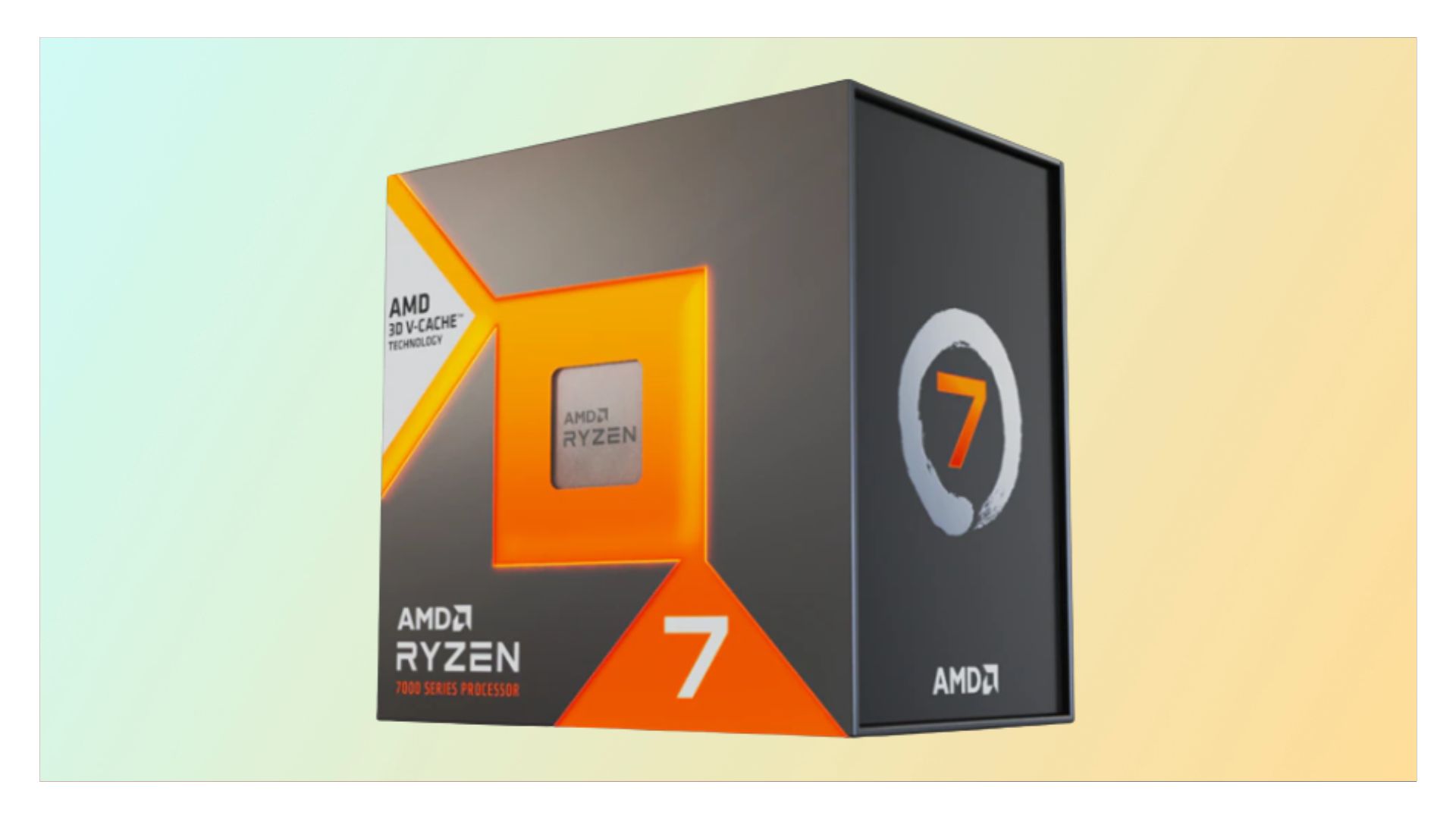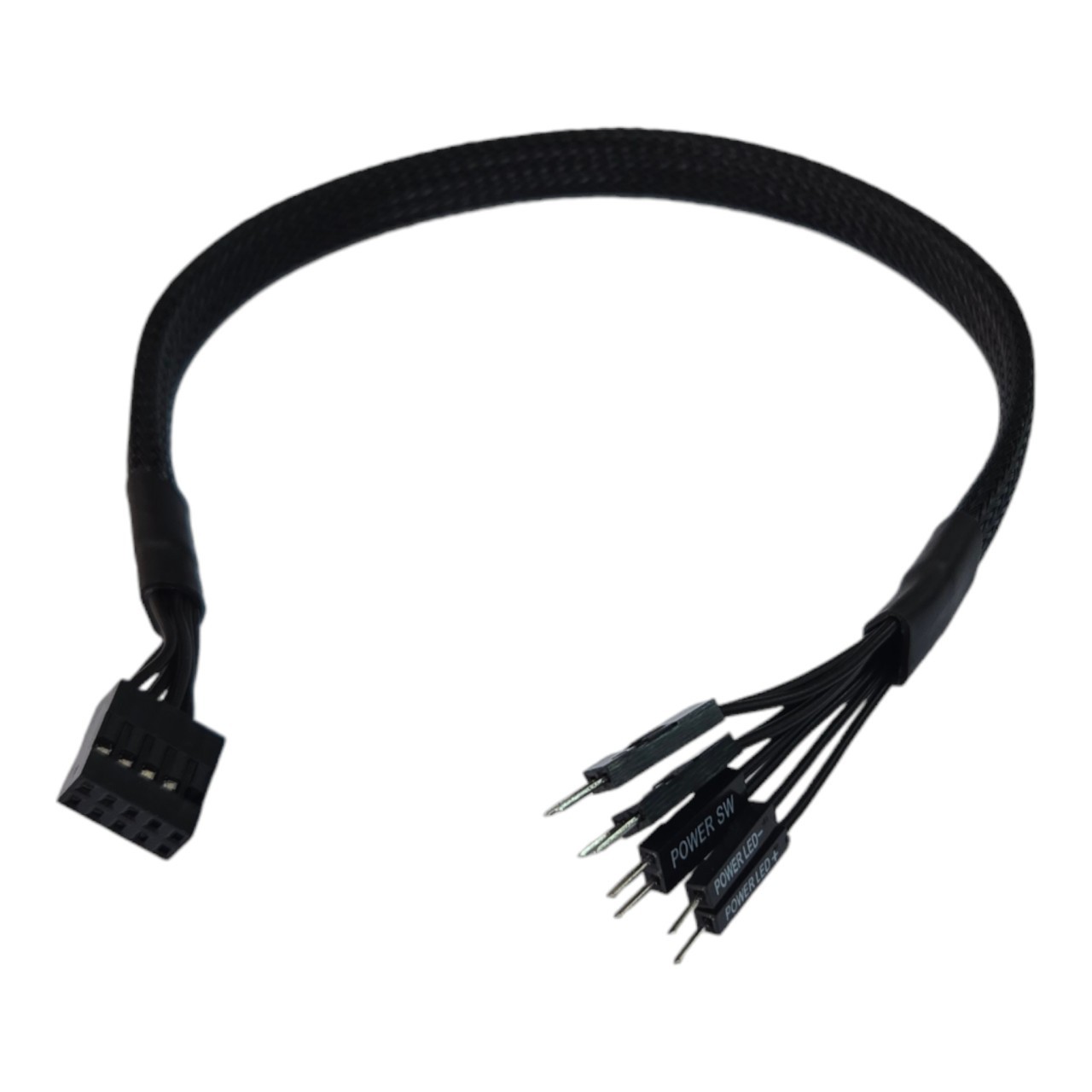Hi 
I try desperately to have one computer solely for gaming with as little superfluous apps / programs as possible on that computer...it hasn't worked out that way at the moment as I've only got this intel based one to use.
As soon as I get this AMD based computer built and up and running then this former scenario will be possible. The intel one will be then be used for more 'mundane' stuff, even so it's specs are a bit overkill for that. I have the option of upgrading it to a small degree in the future (this intel one's cpu, ram and main hard drive) but realistically I'd be better off concentrating my efforts and money on the AMD build in the near future and considering that AMD is still going to support the AM5 for at least the next two years? is another consideration...anyway that's the plan.
There is the added advantage though in having two computers, that if one computer decides to go ***'s up I've got another fairly modern computer to fall back on in the meantime, plus I've personally found it's quite handy sometimes to be able to use two computers at the same time in some situations.
I've pretty much solved the situation (after having a slight brainstorm! ) with the audio btw., the 7.1 speakers will be used for the 'gaming computer' and the 27" monitor's inbuilt speakers can be used for the intel comp. which I can then use either the monitors HDMi inputs or whatever...which also means I'll only need to hook up permanently one or two cables there, (either hooked up to the 27" or my spare 24").
) with the audio btw., the 7.1 speakers will be used for the 'gaming computer' and the 27" monitor's inbuilt speakers can be used for the intel comp. which I can then use either the monitors HDMi inputs or whatever...which also means I'll only need to hook up permanently one or two cables there, (either hooked up to the 27" or my spare 24").
Jack
My only question would be: If you will only have one PC on at a time, why have two PCs at all? Surely you could just use the one PC for both purposes.
I try desperately to have one computer solely for gaming with as little superfluous apps / programs as possible on that computer...it hasn't worked out that way at the moment as I've only got this intel based one to use.
As soon as I get this AMD based computer built and up and running then this former scenario will be possible. The intel one will be then be used for more 'mundane' stuff, even so it's specs are a bit overkill for that. I have the option of upgrading it to a small degree in the future (this intel one's cpu, ram and main hard drive) but realistically I'd be better off concentrating my efforts and money on the AMD build in the near future and considering that AMD is still going to support the AM5 for at least the next two years? is another consideration...anyway that's the plan.
There is the added advantage though in having two computers, that if one computer decides to go ***'s up I've got another fairly modern computer to fall back on in the meantime, plus I've personally found it's quite handy sometimes to be able to use two computers at the same time in some situations.
I've pretty much solved the situation (after having a slight brainstorm!
Jack
Last edited:




